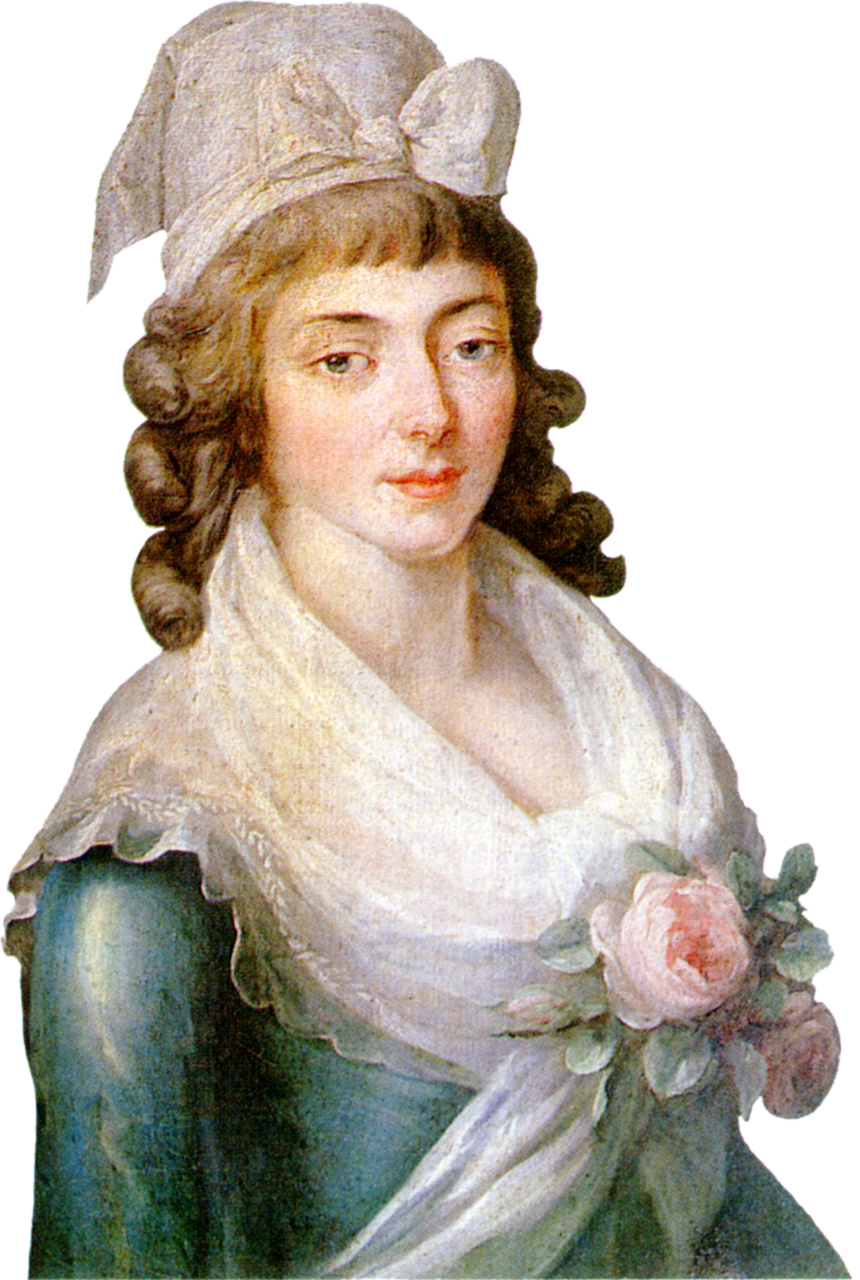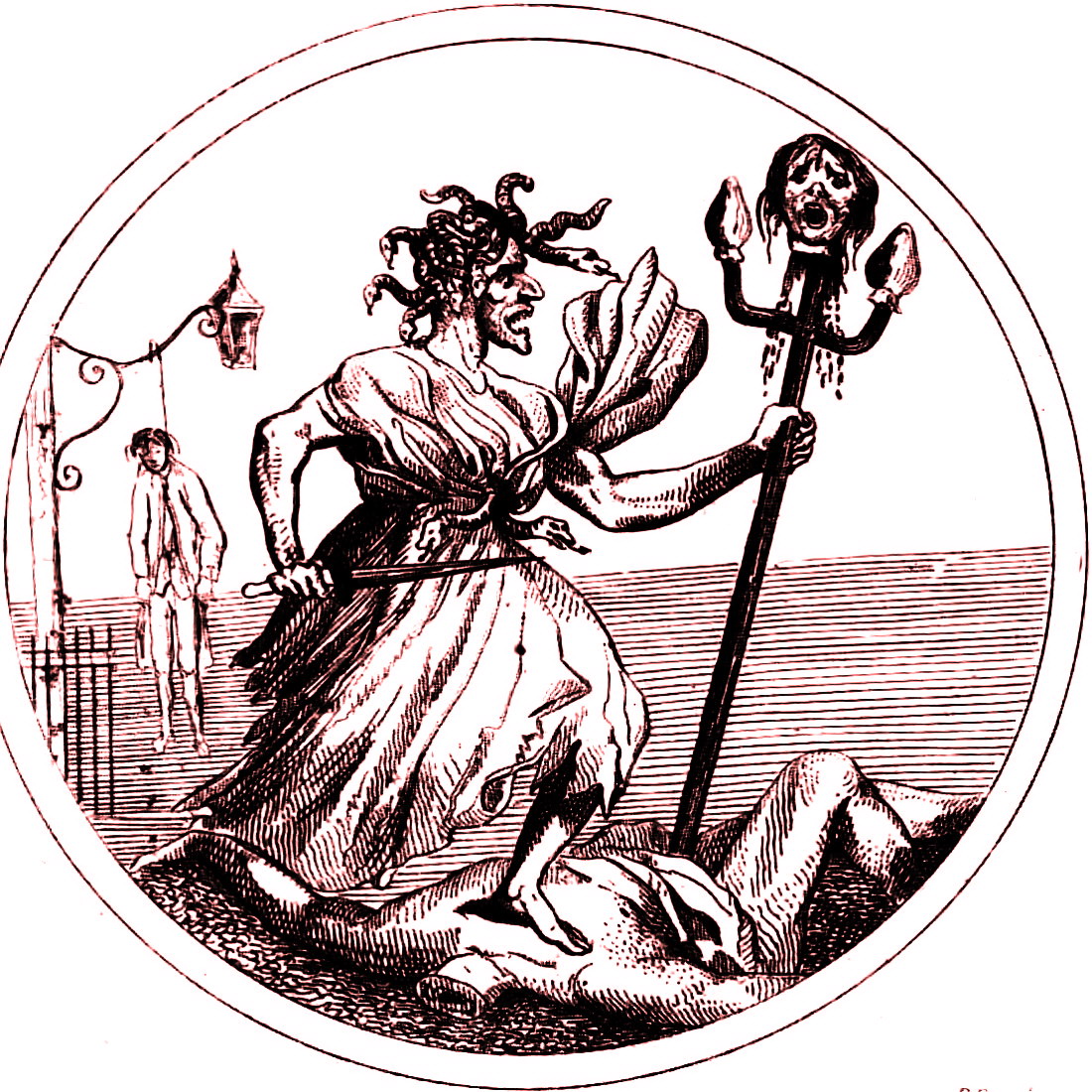|
Château De Trécesson
The Château de Trécesson is a medieval castle in the Brittany region of France. It is located in the '' commune'' of Campénéac near the Paimpont forest and on the edge of the military camp of Coëtquidan. It is a private property. It has been listed since 2012 as a monument historique by the French Ministry of Culture. Domaine du Château de Trécesson Architecture The castle's imposing reddish schist walls are reflected in the waters of the lake which surrounds it. The front gate is reached by a bridge which spans the moat. The entry is guarded by an imposing gatehouse flanked by two narrow towers on corbelling, joined together by an old gallery with machicolations. On the right, a long almost windowless frontage, covered with a steep slate roof, ends in a hexagonal corner tower. Around the trapezoidal inner courtyard, to the right is a ''corps de logis'' of more recent vintage, undoubtedly 18th-century; and on the left stand the domestic buildings, protected by a watcht ... [...More Info...] [...Related Items...] OR: [Wikipedia] [Google] [Baidu] |
Corps De Logis
In architecture, a ''corps de logis'' () is the principal or main block, or central building of a mansion, country or manor house, castle, or palace. It contains the rooms of principal business, the state apartments and the ceremonial or formal entry.Curl, James Stevens (2006). ''Oxford Dictionary of Architecture and Landscape Architecture'', 2nd edition. Oxford and New York: Oxford University Press, p. 204. . The grandest and finest rooms within the ''corps de logis'' are often found not at grade level, but on the first or even the second floor above. This floor is often referred to as the Italian ''piano nobile'', the French '' bel étage'', or the German '' beletage''. The ''corps de logis'' is usually flanked by lower, secondary wings, such as the ''barchesse'' of Venetian villas. When the secondary wings form a three sided courtyard, the courtyard is known as the ''cour d'honneur'', as opposed to a quadrangle when a fourth wing encloses it. Examples of a ''corps de logi ... [...More Info...] [...Related Items...] OR: [Wikipedia] [Google] [Baidu] |
Monuments Historiques Of Morbihan
A monument is a type of structure that was explicitly created to commemorate a person or event, or which has become relevant to a social group as a part of their remembrance of historic times or cultural heritage, due to its artistic, historical, political, technical or architectural importance. Examples of monuments include statues, (war) memorials, historical buildings, archaeological sites, and cultural assets. If there is a public interest in its preservation, a monument can for example be listed as a UNESCO World Heritage Site. The '' Palgrave Encyclopedia of Cultural Heritage and Conflict'' gives the next definition of monument:Monuments result from social practices of construction or conservation of material artifacts through which the ideology of their promoters is manifested. The concept of the modern monument emerged with the development of capital and the nation-state in the fifteenth century when the ruling classes began to build and conserve what were termed monument ... [...More Info...] [...Related Items...] OR: [Wikipedia] [Google] [Baidu] |
Castles In Brittany
A castle is a type of fortification, fortified structure built during the Middle Ages predominantly by the nobility or royalty and by Military order (monastic society), military orders. Scholars usually consider a ''castle'' to be the private fortified house, fortified residence of a lord or noble. This is distinct from a mansion, palace, and villa, whose main purpose was exclusively for ''pleasance'' and are not primarily fortresses but may be fortified. Use of the term has varied over time and, sometimes, has also been applied to structures such as hill forts and 19th- and 20th-century homes built to resemble castles. Over the Middle Ages, when genuine castles were built, they took on a great many forms with many different features, although some, such as curtain wall (fortification), curtain walls, arrowslits, and portcullises, were commonplace. European-style castles originated in the 9th and 10th centuries after the fall of the Carolingian Empire, which resulted ... [...More Info...] [...Related Items...] OR: [Wikipedia] [Google] [Baidu] |
List Of Castles In France
This is a list of castles in France, arranged by Regions of France, region and Departments of France, department. ;Notes: # The French word ''château'' has a wider meaning than the English ''castle'': it includes architectural entities that are properly called palaces, mansions or vineyards in English. This list focuses primarily on architectural entities that may be properly termed ''castle'' or ''fortress'' (), and excludes entities not built around a substantial older castle that is still evident. # Occasionally, where there is not a specific article on a castle, links are given to another article that includes details, typically an article on a town. # ''Italics'' indicate links to articles in the :fr:Main Page, French Wikipedia. # If no article appears in either English or French Wikipedias, a link is given to an external website. # The number in parentheses after the name of each department indicates the department number used for administrative purposes. # The number of cast ... [...More Info...] [...Related Items...] OR: [Wikipedia] [Google] [Baidu] |
Jacques Defermon
Jacques or Jacq are believed to originate from the Middle Ages in the historic northwest Brittany region in France, and have since spread around the world over the centuries. To date, there are over one hundred identified noble families related to the surname by the Nobility & Gentry of Great Britain & Ireland. Origins The origin of this surname comes from the Latin ' Iacobus', associated with the biblical patriarch Jacob. Ancient history A French knight returning from the Crusades in the Holy Lands probably adopted the surname from "Saint Jacques" (or "James the Greater"). James the Greater was one of Jesus' Twelve Apostles, and is believed to be the first martyred apostle. Being endowed with this surname was an honor at the time and it is likely that the Church allowed it because of acts during the Crusades. Indeed, at this time, the use of biblical, Christian, or Hebrew names and surnames became very popular, and entered the European lexicon. Robert J., a Knight Crusader ... [...More Info...] [...Related Items...] OR: [Wikipedia] [Google] [Baidu] |
Girondist
The Girondins (, ), also called Girondists, were a political group during the French Revolution. From 1791 to 1793, the Girondins were active in the Legislative Assembly and the National Convention. Together with the Montagnards, they initially were part of the Jacobin movement. They campaigned for the end of the monarchy, but then resisted the spiraling momentum of the Revolution, which caused a conflict with the more radical Montagnards. They dominated the movement until their fall in the insurrection of 31 May – 2 June 1793, which resulted in the domination of the Montagnards and the purge and eventual mass execution of the Girondins. This event is considered to mark the beginning of the Reign of Terror. The Girondins were a group of loosely affiliated individuals rather than an organized political party and the name was at first informally applied because the most prominent exponents of their point of view were deputies to the Legislative Assembly from the département o ... [...More Info...] [...Related Items...] OR: [Wikipedia] [Google] [Baidu] |
Reign Of Terror
The Reign of Terror (French: ''La Terreur'', literally "The Terror") was a period of the French Revolution when, following the creation of the French First Republic, First Republic, a series of massacres and Capital punishment in France, numerous public executions took place in response to the Federalist revolts, revolutionary fervour, Anti-clericalism, anticlerical sentiment, and accusations of treason by the Committee of Public Safety. While terror was never formally instituted as a legal policy by the Convention, it was more often employed as a concept. Historians disagree when exactly "the Terror" began. Some consider it to have begun in 1793, often giving the date as 5 September or 10 March, when the Revolutionary Tribunal came into existence. Others cite the earlier September Massacres in 1792, or even July 1789 when the first killing of the revolution occurred. Will Durant stated that "strictly, it should be dated from the Law of Suspects, September 17, 1793, to the e ... [...More Info...] [...Related Items...] OR: [Wikipedia] [Google] [Baidu] |
Constable
A constable is a person holding a particular office, most commonly in law enforcement. The office of constable can vary significantly in different jurisdictions. ''Constable'' is commonly the rank of an officer within a police service. Other people may be granted powers of a constable without holding this title. Etymology Etymologically, the word ''constable'' is a loan from Old French ''conestable'' (Modern French ''connétable''),p. 93b-283a, T. F. Hoad, ''The Concise Oxford Dictionary of English Etymology'' (Oxford University Press, 1993) itself from Late Latin ''comes stabuli'' ( attendant to the stables, literally 'count of the stable'), and originated from the Roman Empire; originally, the constable was the officer responsible for keeping the horses of a lord or monarch.p103, Bruce, Alistair, ''Keepers of the Kingdom'' (Cassell, 2002), [...More Info...] [...Related Items...] OR: [Wikipedia] [Google] [Baidu] |





